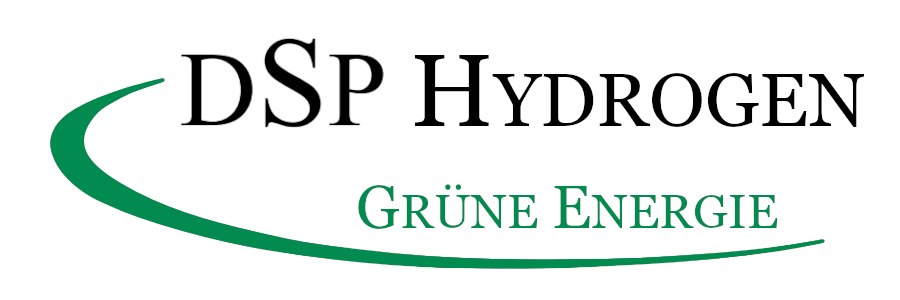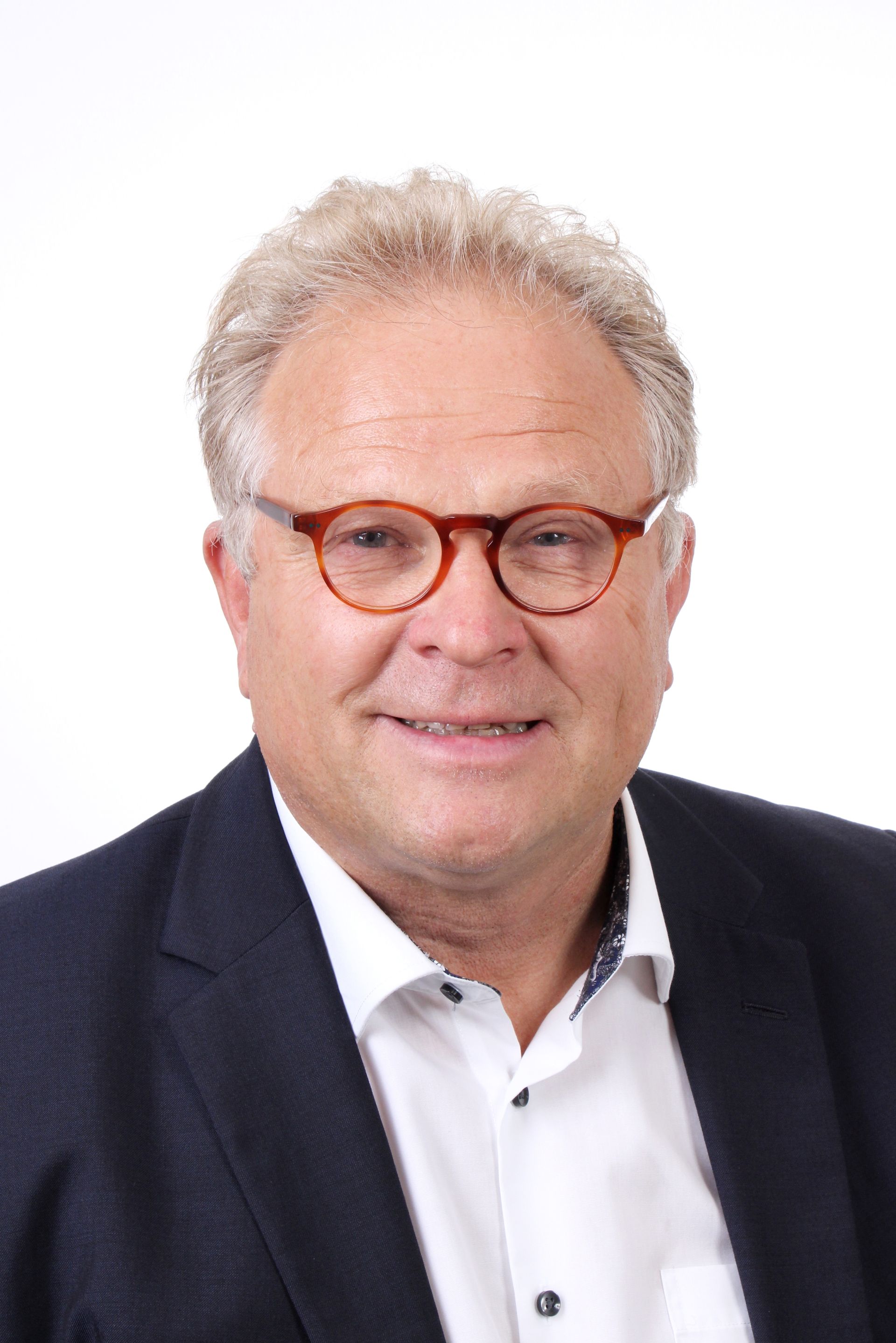🌐 Exciting News in Sustainable Steel Production!
13. Februar 2024
Thyssenkrupp Steel Europe is embarking on a game-changing journey by seeking up to 151,000 tonnes of green or blue #hydrogen for its Duisburg plant, Germany's largest steel mill. The company is set to complete its direct-reduced iron (DRI) facilities by 2026, aiming to use clean hydrogen to extract iron from ore and produce 2.5 million tonnes of DRI annually.
💡 In this innovative tender, Thyssenkrupp is inviting expressions of interest for ten-year contracts, outlining an "expected volume requirement" of 104,000 tonnes of renewable or blue hydrogen in 2028, with increasing amounts up to 2037. To meet the ambitious goal, approximately 1.5GW of electrolysers and up to 3GW of new renewable power may be required, aligning with EU additionality requirements.
🌍 Leveraging the planned national H2 pipeline network, Thyssenkrupp's green hydrogen could theoretically be produced anywhere globally, showcasing the potential for international collaboration. The company is poised to contribute significantly to the hydrogen value chain, creating a substantial number of jobs and driving the rapid hydrogen ramp-up in North Rhine-Westphalia and neighboring European countries.
🚀 The project, aptly named tkH2Steel, underscores Thyssenkrupp's commitment to decarbonization and corporate transformation. The initiative, supported by nearly €2 billion in grants, combines sustainability with economic growth, positioning the steel giant at the forefront of a green industrial revolution. Expressions of interest are currently open, marking a pivotal step towards a more #sustainable #future in steel production.
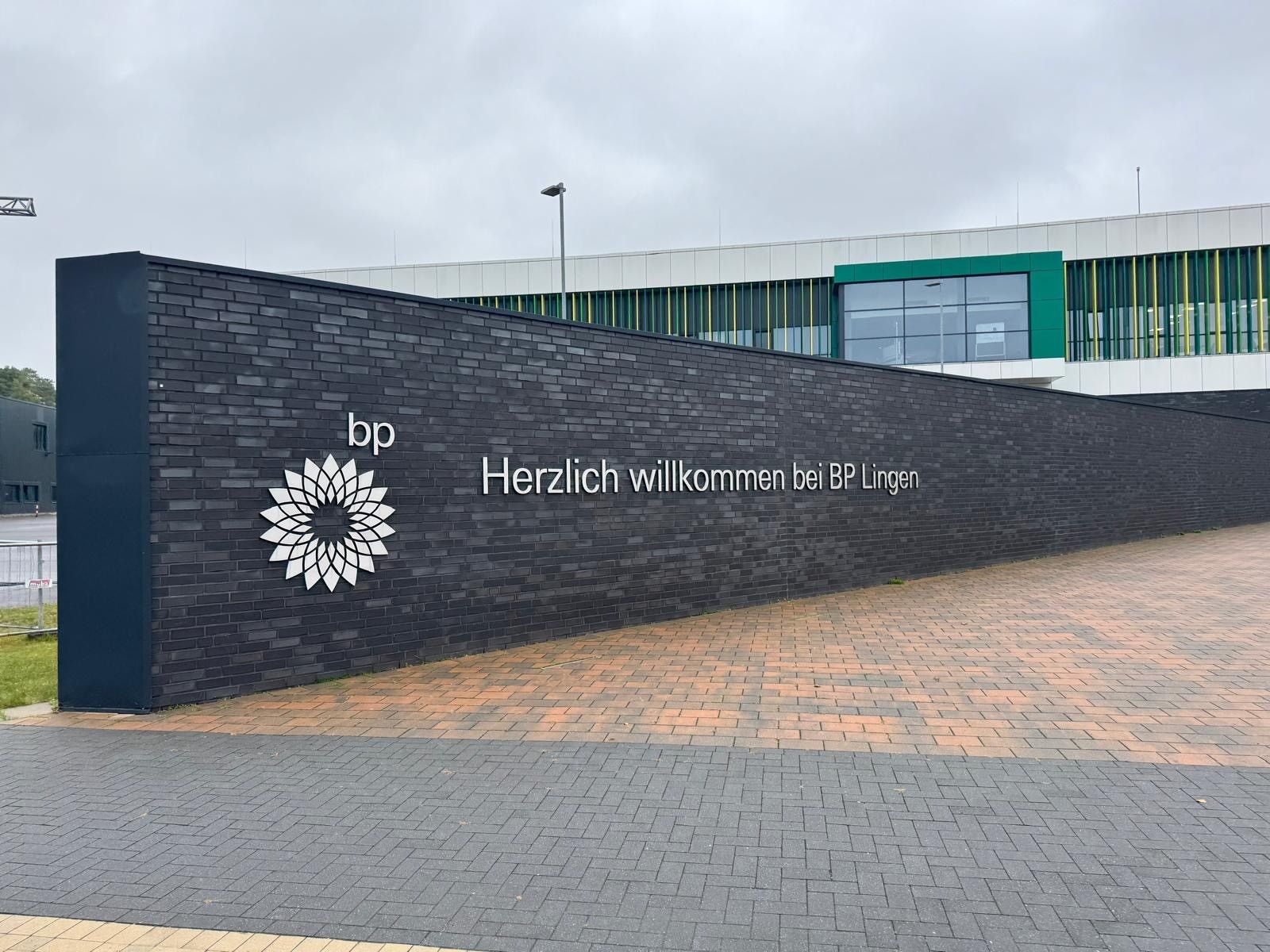
On September 18, 2025, our team at DSP H2 had the incredible opportunity to visit the H2 Hub in Lingen – a central part of the rapidly growing #Hydrogen region in Emsland. 💧 Here, groundbreaking solutions are being developed that are not only crucial for the local community but also help shape Germany’s energy future. 🇩🇪⚙️ 🔋 A Region Leading the Way Emsland’s local industries already consume over 40,000 tons of hydrogen per year – and demand is rising fast! 📈 Major projects are paving the way toward a cleaner future: 🏭 RWE’s H2 Pilot Plant ⛽ BP’s “Lingen Green Hydrogen” 🚜 H2-Agrar Initiative 🚗 Green Hydrogen Filling Station Park Emsland With these efforts, Lingen is positioning itself as a true pioneer in sustainable energy and a model for regional innovation. 🌍✨ 💡 Innovation Meets Public Engagement In August, the “hallo wasserstoff” exhibition in Lingen gave the public a closer look at hydrogen in action. Visitors experienced: 🚘 Innovative H2-powered vehicles 👩🔧 Exciting career opportunities in the energy sector 🤝 Direct exchange with leading industry players This event made it clear — hydrogen is not just a vision for the future, it’s happening right now. 🔥 🤝 Collaboration: The Key to a Sustainable Future Our visit to the H2 Hub highlighted once again how essential collaboration and regional strength are for driving the energy transition. By uniting companies, researchers, and local institutions, the H2 Region Emsland shows how real progress happens — through teamwork, innovation, and shared purpose. 🌐💚 A huge thank you to the H2 Region Emsland and all our partners for the valuable insights and inspiration! 🙏 🌍 Together Toward a Greener Tomorrow At DSP H2, we’re proud to be part of a movement that turns vision into reality — advancing green hydrogen, sustainability, and the energy systems of the future.
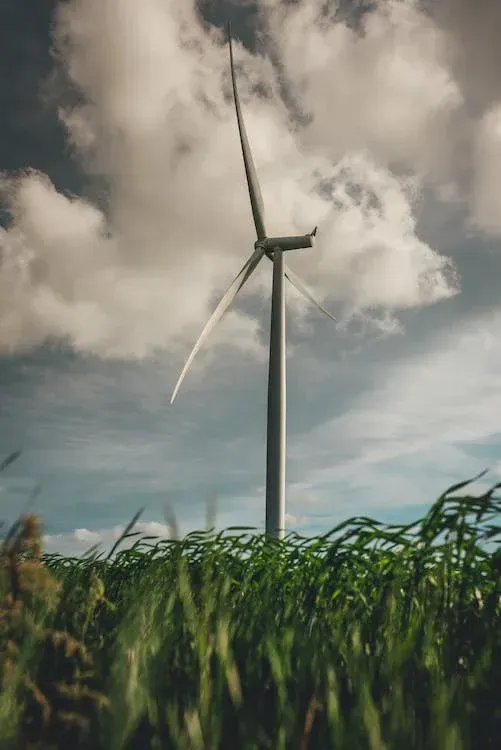
Green Hydrogen: The Key to a Clean Future Green hydrogen is emerging as a revolutionary and sustainable energy carrier, paving the way toward a clean and environmentally friendly future. Unlike conventional hydrogen, which is derived from fossil fuels and releases harmful greenhouse gases, green hydrogen is produced through a climate-neutral process: electrolysis. In this process, water is split into hydrogen and oxygen using renewable energy sources such as solar, wind, or hydropower — without any carbon emissions. The result? A versatile fuel that leaves no harmful traces behind. Why is green hydrogen so important? Green hydrogen is not only an environmentally friendly alternative to fossil fuels but also a crucial tool in the fight against climate change. When used, it produces only water vapor — a harmless byproduct. This means it can significantly reduce CO₂ emissions and promote a more sustainable energy supply. Wide-ranging applications - The potential applications of green hydrogen are vast, offering solutions to some of today’s most pressing challenges: - Zero-emission transport: Green hydrogen powers vehicles without harmful emissions, making it a promising alternative for cars, buses, trains, and even ships. - Energy storage: One of the biggest challenges of renewable energy is storage. Green hydrogen can capture excess wind or solar power and later be converted back into electricity, helping stabilize power grids. - Industrial use: In carbon-intensive sectors such as steelmaking and ammonia production, green hydrogen can replace fossil fuels, drastically improving the carbon footprint. For companies, this represents a sustainable and future-proof alternative. A key to decarbonization As the world strives to cut CO₂ emissions and expand renewable energy, green hydrogen stands out as a key solution. Its ability to replace fossil fuels while protecting the environment makes it an essential building block for a sustainable future. Shaping a greener tomorrow together Green hydrogen symbolizes technological progress in harmony with our responsibility to the planet. By investing in this innovative technology and accelerating its adoption, we lay the foundation for an emissions-free society. Together, we can make the planet cleaner and more livable for generations to come. 👉 Are you ready to be part of this sustainable revolution? Discover the possibilities green hydrogen offers — and take an active role in shaping the future.

Wasserstoff: Der Schlüssel zu einer nachhaltigen und kohlenstoffneutralen Zukunft Auf dem Weg zu einer nachhaltigeren und kohlenstoffneutralen Zukunft hat Wasserstoff eine herausragende Rolle als Schlüsselkomponente unserer globalen Energieziele eingenommen. Weltweit erkennen immer mehr Länder und Organisationen das enorme Potenzial von Wasserstoff, Treibhausgasemissionen zu reduzieren und saubere Energiesysteme zu fördern. Ambitionierte Pläne werden entwickelt, um Wasserstoff in verschiedenen Bereichen unserer Wirtschaft zu integrieren und eine grünere Zukunft zu gestalten. Grüner und Blauer Wasserstoff: Zwei Wege zu mehr Nachhaltigkeit Im Zentrum der globalen Bemühungen stehen zwei Haupttypen von Wasserstoff: Grüner Wasserstoff: Dieser wird durch Elektrolyse gewonnen, bei der erneuerbare Energiequellen wie Sonnen-, Wind- oder Wasserkraft genutzt werden. Der Prozess ist komplett emissionsfrei. Blauer Wasserstoff: Dieser wird aus fossilen Brennstoffen gewonnen, jedoch mithilfe von Technologien zur Kohlenstoffabscheidung und -speicherung (CCS) hergestellt, um die entstehenden Emissionen deutlich zu reduzieren. Beide Varianten spielen eine entscheidende Rolle in der Transformation hin zu einer nachhaltigen Wasserstoffwirtschaft. Ausbau der Wasserstoffproduktionskapazitäten Ein zentrales Ziel vieler Länder ist es, die Produktionskapazitäten für Wasserstoff erheblich zu steigern. Im Fokus steht der Bau von Elektrolyseanlagen im Gigawattbereich, die grünen Wasserstoff aus erneuerbaren Energiequellen gewinnen. Diese ehrgeizigen Vorhaben sollen den Übergang zu einer sauberen Energiezukunft beschleunigen und eine stabile Versorgung mit emissionsfreiem Wasserstoff sicherstellen. Wasserstoff im Verkehrssektor Der Verkehrssektor ist eine der wichtigsten Anwendungsgebiete für Wasserstoff. Regierungen weltweit investieren in den Aufbau von Infrastruktur für Brennstoffzellen-Elektrofahrzeuge (FCEVs) und die Entwicklung wasserstoffbetriebener Fahrzeuge. Dies bietet eine vielversprechende Lösung zur Reduzierung von Emissionen im Straßen-, Schiffs- und sogar Flugverkehr. Energiespeicherung und Netzausgleich Wasserstoff wird auch als ideale Lösung für die langfristige Energiespeicherung und den Netzausgleich angesehen. Indem Wasserstoff Überschüsse aus erneuerbaren Energien speichert, kann er dazu beitragen, die Stabilität der Stromnetze zu erhöhen und die Zuverlässigkeit erneuerbarer Energiequellen zu sichern. Dies ist ein entscheidender Schritt, um die Energieversorgung nachhaltiger und flexibler zu gestalten. Dekarbonisierung der Schwerindustrie In der Schwerindustrie bietet Wasserstoff enorme Chancen zur Dekarbonisierung. Besonders in emissionsintensiven Branchen wie der Stahl- und chemischen Industrie oder in Raffinerien kann Wasserstoff fossile Brennstoffe ersetzen und die CO2-Emissionen drastisch senken. Diese Innovationen bieten nicht nur Umweltvorteile, sondern schaffen auch Wettbewerbsvorteile für Unternehmen, die auf nachhaltige Produktion setzen. Internationale Zusammenarbeit für eine grünere Zukunft Die weltweite Einführung von Wasserstofftechnologien erfordert eine enge Zusammenarbeit zwischen Ländern, Unternehmen und Forschungseinrichtungen. Internationale Partnerschaften fördern Investitionen, Innovationen und den Wissensaustausch, um die Entwicklung der Wasserstoffwirtschaft zu beschleunigen. Gemeinsam können wir die Herausforderungen des Klimawandels bewältigen und eine emissionsfreie Zukunft gestalten. Die Zukunft ist wasserstoffbetrieben Mit jeder Innovation und jeder gemeinsamen Anstrengung kommen wir unserer Vision einer wasserstoffbetriebenen Welt näher. Die Wasserstoffindustrie birgt das Potenzial, weltweit jährliche Einnahmen von 2,5 Billionen Dollar zu generieren, 30 Millionen Arbeitsplätze zu schaffen und die globalen Emissionen bis 2050 um 20 Prozent zu senken. Wasserstoff ist mehr als nur ein Energieträger – er ist ein Symbol für unsere gemeinsame Verantwortung, die Welt für kommende Generationen sauberer und lebenswerter zu machen.

Nepal has taken an important step toward a sustainable energy future. The Investment Board Nepal (IBN) has signed a Memorandum of Understanding (MoU) with South Korea’s G-Philos to explore the feasibility of building the country’s first commercial-scale green hydrogen and fuel cell plant. Why This Project Matters This initiative is more than just another energy project—it could be a landmark development for the entire region. Green hydrogen is increasingly seen as a key technology to replace fossil fuels and decarbonize hard-to-abate sectors such as industry and transport. Nepal holds a unique advantage: its abundant hydropower resources. Harnessing this renewable energy to produce hydrogen via electrolysis offers a pathway to clean, domestic, and scalable fuel production. With this, Nepal could leapfrog directly into the hydrogen economy and position itself as a regional leader in clean technology. 🔑 Key Facts at a Glance - Investment size: Approx. $51 million - Model: Public-Private Partnership (PPP) between IBN and G-Philos - Policy alignment: Supports Nepal’s Green Hydrogen Policy and Net Zero commitment - Timeline: Construction could begin by 2027 with operations targeted for 2030 - Building on Existing Initiatives This project builds on earlier groundwork. In 2021, the Asian Development Bank (ADB) published a study assessing hydrogen’s potential in Nepal. Additionally, the Green Hydrogen Lab at Kathmandu University has provided an academic foundation for research and pilot projects. The new initiative could represent the first commercial-scale implementation of these efforts. Opportunities for Nepal and Beyond If realized, the project could generate multiple benefits: - Energy independence: Reduced reliance on fossil fuel imports - Economic growth: Attraction of investment, new technologies, and job creation - Environmental impact: Lower greenhouse gas emissions and improved air quality - Technological leapfrogging: Direct entry into the hydrogen economy without long reliance on transitional fossil fuels Conclusion: The proposed green hydrogen and fuel cell plant could mark a turning point for Nepal. With effective execution, the country can not only progress toward its climate goals but also emerge as a pioneer in sustainable energy within South Asia. 👉 The message is clear: countries with rich renewable resources have the opportunity to become leaders in the global clean energy transition. 🌍💡

🔧 Update on Hydrogen Supply in Germany 🔧 Germany is currently facing some supply challenges with hydrogen, affecting approximately a quarter of its filling stations. This situation has persisted for eight weeks following a truck trailer explosion at Linde’s facility in Leuna on August 26, believed to be caused by a hydrogen leak. Here are the key details: 🔹 Current Status: Out of 83 hydrogen filling stations, 23 are currently out of service. This includes 12 stations that have completely run out of hydrogen and 19 others that are low on supply. 🔹 Affected Areas: In Berlin, all five hydrogen stations are closed, meaning drivers need to travel about 150 km to the nearest operational station in Magdeburg. 🔹 Industry Impact: The hydrogen shortage is also affecting sup ply to hydrogen-powered trains operated by German rail company EVB. 🔹 Response from Linde: All affected trailer types have been taken out of circulation until the cause of the issue is identified. Linde is actively working on solutions to restore service at affected stations. Germany continues to lead Europe in the number of hydrogen filling stations, underscoring the importance of a stable supply chain in the transition to cleaner energy.

🌐💡 Revolutionizing Hydrogen Storage: Gasunie and Storag Etzel's Bold Innovative Leap! 🚀 Exciting news on the hydrogen frontier! Gasunie, a Dutch natural gas infrastructure leader, and Storag Etzel, Germany's premier independent provider of energy storage, join forces for a groundbreaking hydrogen storage project in Lower Saxony, Germany. 🌬️ Key Highlights: 1️⃣ Multi-Cavity Hydrogen Storage: Gasunie and Storag Etzel unveil ambitious plans for a multi-cavity, large-scale hydrogen storage facility in the Etzel salt dome. This project is a significant leap in their collaborative journey, aiming to push the boundaries of H2 storage capacity. 2️⃣ Proven Success with H2CAST: Building on a year of collaboration, the companies have already tested hydrogen storage in salt caverns through the H2CAST pilot project. Now, they're taking the next big step with a state-of-the-art facility capable of storing up to 1TWh (terawatt hour) of hydrogen. 3️⃣ Strategic Location: Etzel emerges as an ideal site due to its strategic connections to hydrogen markets in the Netherlands and Germany. It sits in proximity to the Gasunie hydrogen network Hyperlink and the Energy-Hub port of Wilhelmshaven, offering seamless integration into the evolving hydrogen landscape. ⚡ The Future of Hydrogen Storage: Recognizing the critical role storage plays in a dynamic energy market, this initiative sets the stage for reliable, large-scale hydrogen storage. Salt caverns prove to be a promising option, allowing flexible injection and withdrawal cycles, safe storage under pressure, and quick conversion to hydrogen storage. 🌍 Supporting Green Hydrogen Development: Storing hydrogen in salt caverns not only addresses the logistical challenges of supply and demand but also aligns with the vision of supporting the green hydrogen sector. This innovation ensures a steady supply of hydrogen during low energy production periods from renewables. 🚀 Pioneering Sustainable Solutions: Gasunie and Storag Etzel are at the forefront of transforming the hydrogen landscape. Stay tuned as they lead the charge in creating a more sustainable and reliable energy future! 💚

🌍💨 Exciting Milestone for Sustainable Mobility! Switzerland Unveils its First Public Hydrogen Filling Station! 🚗🇨🇭 🌿 Leading the Green Revolution: Thrilled to announce a groundbreaking move by Coop Mineraloel AG, unveiling Switzerland's first publicly accessible hydrogen filling station in Hunzenschwil! 🌐💚 This station not only marks a pivotal moment for Switzerland's commitment to eco-friendly transportation but also aligns with the global surge in hydrogen infrastructure development. 🔗 Key Features of the Filling Station: 1️⃣ Renewable Hydrogen: Coop's station uses renewable hydrogen, underlining a commitment to cleaner energy sources. This aligns with the global trend, with over 220 functioning hydrogen filling stations worldwide, and Germany alone operating 33, gradually expanding to 400. 2️⃣ CO2 Reduction & Advanced Fuel Cell Technology: The development showcases the advanced state of fuel cell technology, providing drivers of hydrogen vehicles the same comfort as traditional combustion engines without emitting CO2 and other harmful exhaust gases. 3️⃣ Network Expansion: Coop Mineraloel AG plans to extend the hydrogen supply to more filling stations in the future, contributing to an eco-friendly network for hydrogen-powered vehicles. 4️⃣ Innovative Hydrogen Compression: Overcoming technical challenges, the station employs a reliable and innovative compressor from Linde, ensuring efficient hydrogen compression at 950 bar, a crucial aspect of the refueling process. 🚀 Towards a Sustainable Future: As the first step towards an ecologically aligned network, Coop sets the stage for wider adoption of hydrogen-powered vehicles. This initiative not only benefits the environment but also reinforces the commitment to providing customers with renewable hydrogen at competitive prices, comparable to fossil fuels. 🌐🚗 Join the Movement: Coop's first hydrogen truck and a fleet of 12 hydrogen cars are set to be the primary consumers initially. However, the filling station is open to all customers with hydrogen vehicles, encouraging a broader transition to sustainable transportation. 🔗 Innovative Refueling Process: The station employs a high-pressure system, ensuring swift refueling at 700 bar for cars and 350 bar for trucks and buses. The integrated dispenser allows parallel refueling for both vehicle types, making the process efficient and comparable to traditional fuels. 👉 Let's Drive Change Together: This initiative is a testament to the growing global commitment to sustainable mobility. Share your thoughts and join the conversation on the future of green transportation! 🌍🚀
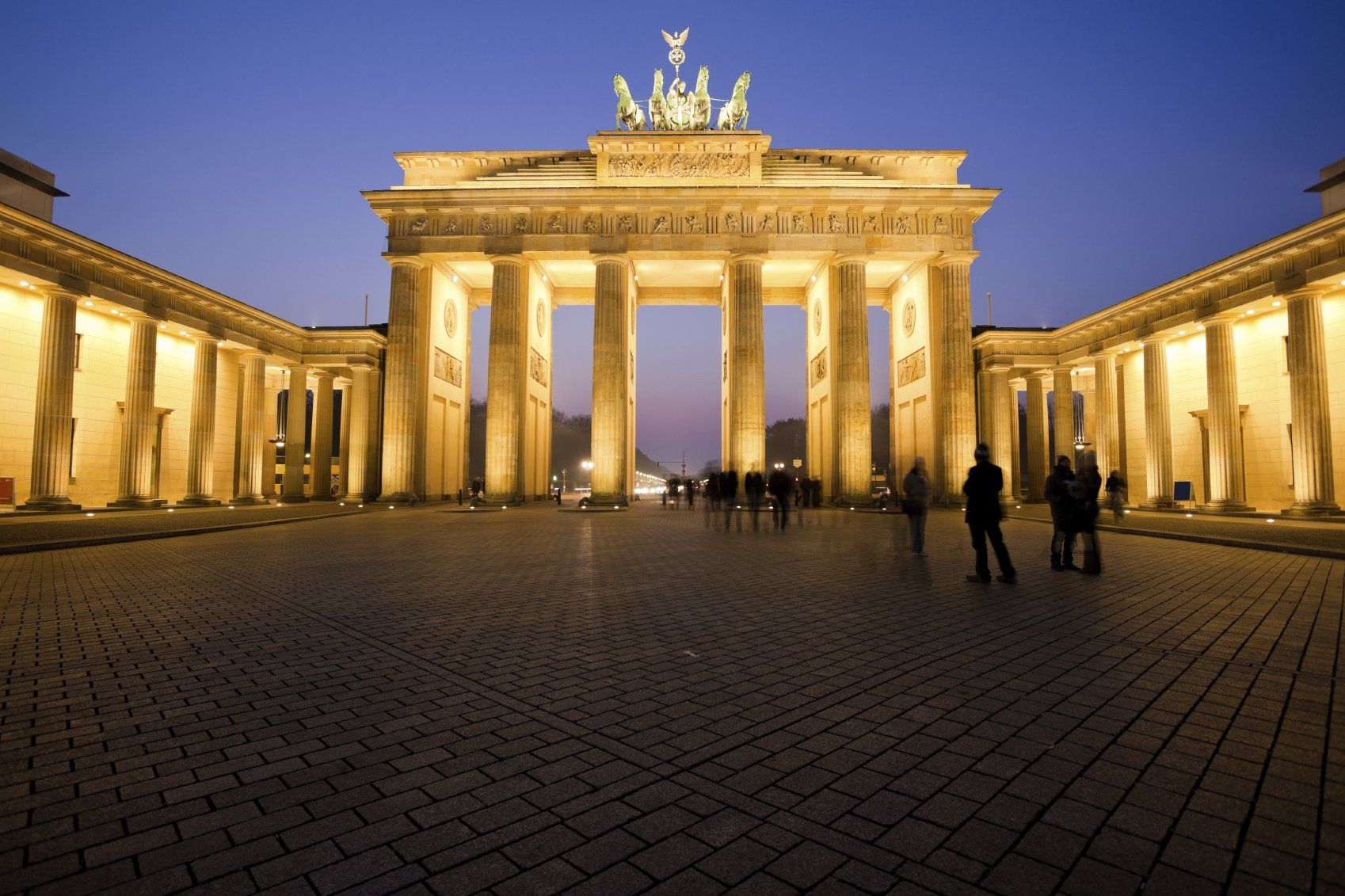
Thrilled to share a groundbreaking collaboration between Germany and Algeria in advancing the production and export of green hydrogen! 🇩🇪🤝🇩🇿 🌿 Paving the Way for Sustainable Energy: In a significant stride towards a cleaner and more sustainable future, German and Algerian officials have inked a historic declaration of intent. The focus? To bolster infrastructure in Algeria for large-scale green hydrogen production and its subsequent export to Europe. 🌐💡 🔗 Key Highlights: 1️⃣ €20 Million Funding Boost: The German government is committed to providing €20 million ($21.5 million) in funding to kickstart a 50MW green hydrogen pilot plant in the Algerian city of Arzew, spearheaded by national oil company Sonatrach. 2️⃣ Strategic Collaboration: The partnership between Germany and Algeria, dating back to 2015, is now taking an innovative turn. A H2 bilateral task force is set up to accelerate the development of green hydrogen technologies. 3️⃣ Germany's Vision: Robert Habeck, Germany's Vice-Chancellor and Minister for Economy and Climate Action, emphasizes the shared goal to boost Algeria's green hydrogen production, invest in renewable energies like solar and wind, and create new value in the process. 4️⃣ European Hydrogen Corridor: Algeria's ambition to secure a 10% share of Europe's hydrogen supply by 2040 aligns with broader European plans. The "SoutH2 corridor," connecting Algeria to Italy, Tunisia, Austria, and Germany, is a visionary project capable of transporting four million tonnes of hydrogen annually—contributing significantly to Europe's 2030 hydrogen import target. 🌐💼 Future Prospects: This collaboration opens doors for innovation, economic growth, and environmental stewardship. Germany and the EU stand ready as potential buyers, emphasizing the importance of creating the necessary technical and economic conditions for a seamless hydrogen supply chain between Algeria and Europe. 🚀 Global Energy Transformation in Action! Let's celebrate this milestone as we witness nations coming together to shape a sustainable energy landscape. 🌍💚

As we stand at the crossroads of a global energy revolution, it's inspiring to witness the surging interest and investment in sustainable alternatives. 🌍 One key player emerging in the forefront is Hydrogen, presenting itself as a versatile and powerful tool in our journey towards a greener future. The global hydrogen industry was valued at around 180 billion U.S. dollars in 2022 and is projected to increase to 320 billion U.S. dollars by 2032.🚀 🔗 Linking the Dots: Hydrogen in the Energy Transition Hydrogen holds immense potential to revolutionize the energy landscape. Here's why: 1️⃣ Clean Energy Carrier: Hydrogen acts as a clean energy carrier, facilitating the storage and transportation of energy generated from renewable sources. This ensures a stable and reliable supply, even when the sun isn't shining, and the wind isn't blowing. 2️⃣ Decarbonizing Industries: Industries like heavy transportation, aviation, and manufacturing, which are challenging to electrify directly, can significantly reduce their carbon footprint by adopting hydrogen-based solutions. This is a game-changer in our pursuit of carbon neutrality. 3️⃣ Grid Balancing: Hydrogen can play a pivotal role in balancing the intermittent nature of renewable energy sources. By storing excess energy as hydrogen during peak generation times, we can bridge the gap during low production periods, providing a consistent power supply. 4️⃣ Global Collaboration: The potential of hydrogen encourages international collaboration. As nations come together to invest in research, infrastructure, and production capabilities, we create a collaborative ecosystem that propels us towards a sustainable future. 🚀 Seizing Opportunities: Investing in hydrogen technologies is not just an environmental imperative but a strategic move for businesses. Entrepreneurs, investors, and industry leaders have a unique chance to pioneer innovation, shape markets, and contribute to a cleaner, more sustainable energy future. There are a lot of cost declining innovations on the way, specially around electrolyzer production and technology. Moreover, the expenditure costs for a hydrogen producing plant, for example, are projected to decline by about 45% through 2030, according to a recent Statista study. 🌟 Joining Forces for a Hydrogen-Powered Tomorrow: Following a 2022 study, clean hydrogen production has to increase from zero exajoules per year to 74 exajoules annually to achieve the 1.5 degrees Celsius target by 2050. This is why we have to start now! Let's leverage the potential of hydrogen to redefine the energy landscape. Together, we can build a future that is not just sustainable but thriving. 🌐💚


